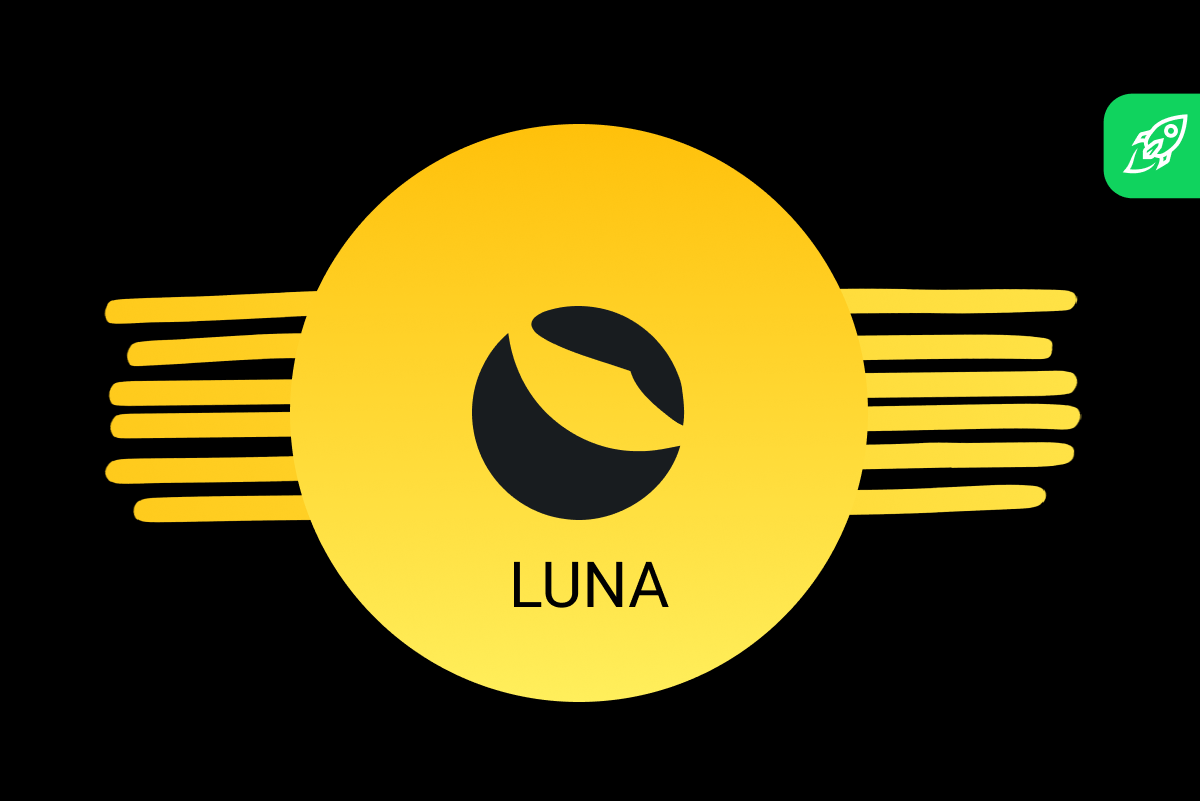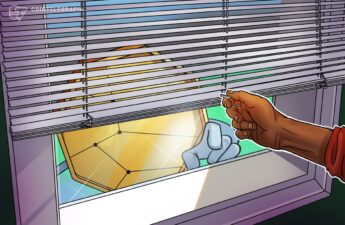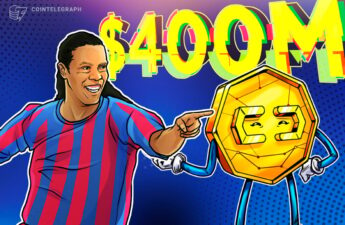Over the last year, the Terra project has enriched its investors’ wallets. Only since the beginning of 2021, LUNA cryptocurrency has risen by over 4,500%. Also, Terra significantly jumped into the top cryptocurrencies by market capitalization list and got its deserved eleventh place. What’s unique about the LUNA token and overall Terra ecosystem? Let’s figure it out.
Decentralized Stablecoins Behind Terra
The crypto world got sick of this wild price volatility since it became a major roadblock towards crypto adoption. Besides, the fee cost issue takes a turn. In traditional banking systems, the intermediaries take up to 5% of each transaction. Terra reduced the transactional costs to 0.5%.
Now, Terra is a successful financial platform that serves next-generation decentralized apps. Terra protocol offers a particular solution — decentralized stablecoins minted on one platform. Initially, Terra launched six stablecoins pegged to USD, EUR, CNY, JPY, GBP, and KRW. In the Terra ecosystem, these are named TerraUSD (or UST), TerraEUR, TerraCNY, etc. New fiat currencies can be added by users’ votes.
Terra stablecoins offer affordable cross-border exchange and instant swaps between the internal tokens at extremely low fees and favourable rates. It means that you can exchange UST for TerraCNY in seconds without any intermediaries.
LUNA Token, Explained
While Terra stablecoins ensure great cross-border transaction throughput and instant internal exchange, the LUNA token serves as an utility and governance token. It has two primary purposes:
Ensuring the stablecoins’ price stability;Being a part of validator staking via Proof-of-Stake.
As mentioned above, LUNA token serves as protection against price fluctuations of the Terra cryptocurrency. It also allows the price of coins to be maintained at 1 SDR (Special Drawing Rights). SDR is an international reserve asset, the price of which is determined depending on the value of the US dollar, Chinese Yuan, Japanese Yen, and British pound sterling in the ratio of 41.73%, 30.93%, 10.92%, 8.33%, and 8.09 %.
Thus, if the price falls below the target level of 1 SDR, the protocol buys 1 Terra coin, while selling LUNA worth 1 SDR, and if the price rises above 1 SDR, the protocol sells 1 Terra coin, while earning LUNA worth 1 SDR.See also
The next thing is the protocol which is based on the Proof-of-Stake consensus mechanism. It means that users (miners) can hold some LUNA tokens on the network to get a reward. This process is called staking.
How to Use and Store Terra Stablecoins and LUNA?
Terra partners and customers access the Terra blockchain network directly through their own wallet called Terra Station. It allows users to interact with numerous Terra-based decentralized applications (dApps) built on the platform to exchange tokens, delegate LUNA tokens to validators, and manage funds.
Terra’s API allows merchants to customize their business by using the payment integration with Terra Station for instant shopping and settlements. It is available for mobile devices and as a web version.
LUNA’s Impressive Price Performance
At the end of August 2021, the Terra token rose by 327% in a month and renewed its price high. The growth of the digital coin was associated with the upcoming Terra Columbus-5 blockchain update, which took place on September 30.
As we can see from the price chart, the growth is awe-inspiring. Needless to say that for the last year, the token gained more than a 13,000% boost and enriched its early investors’ wallets. All in all, LUNA enables a really democratic economy that can make different fiat currencies borderless.



